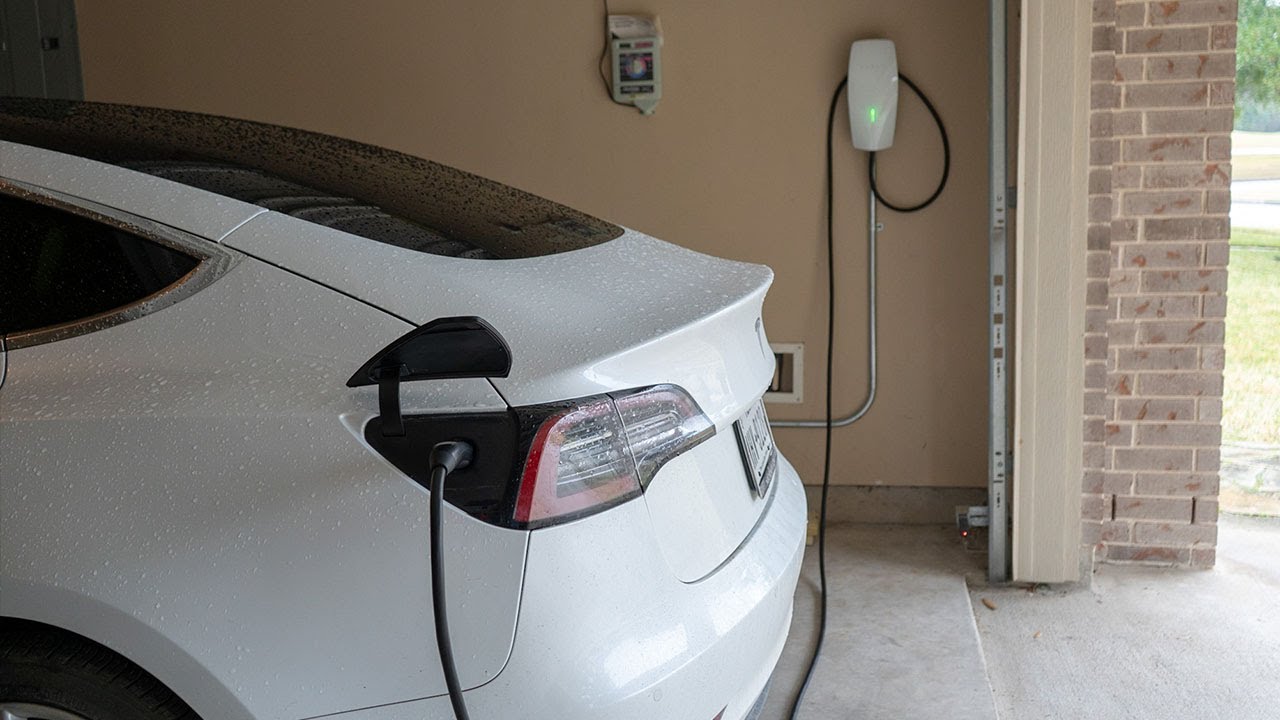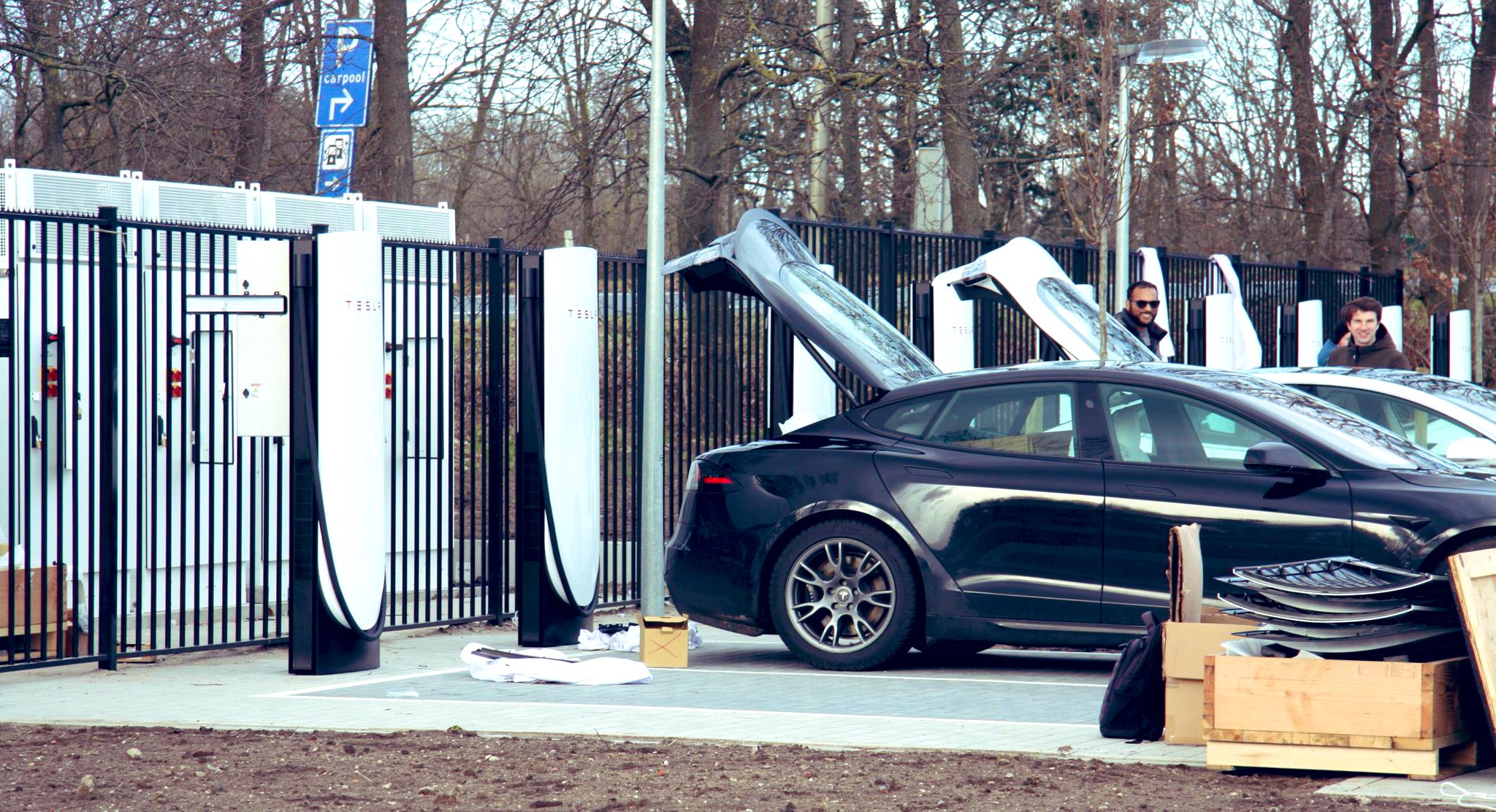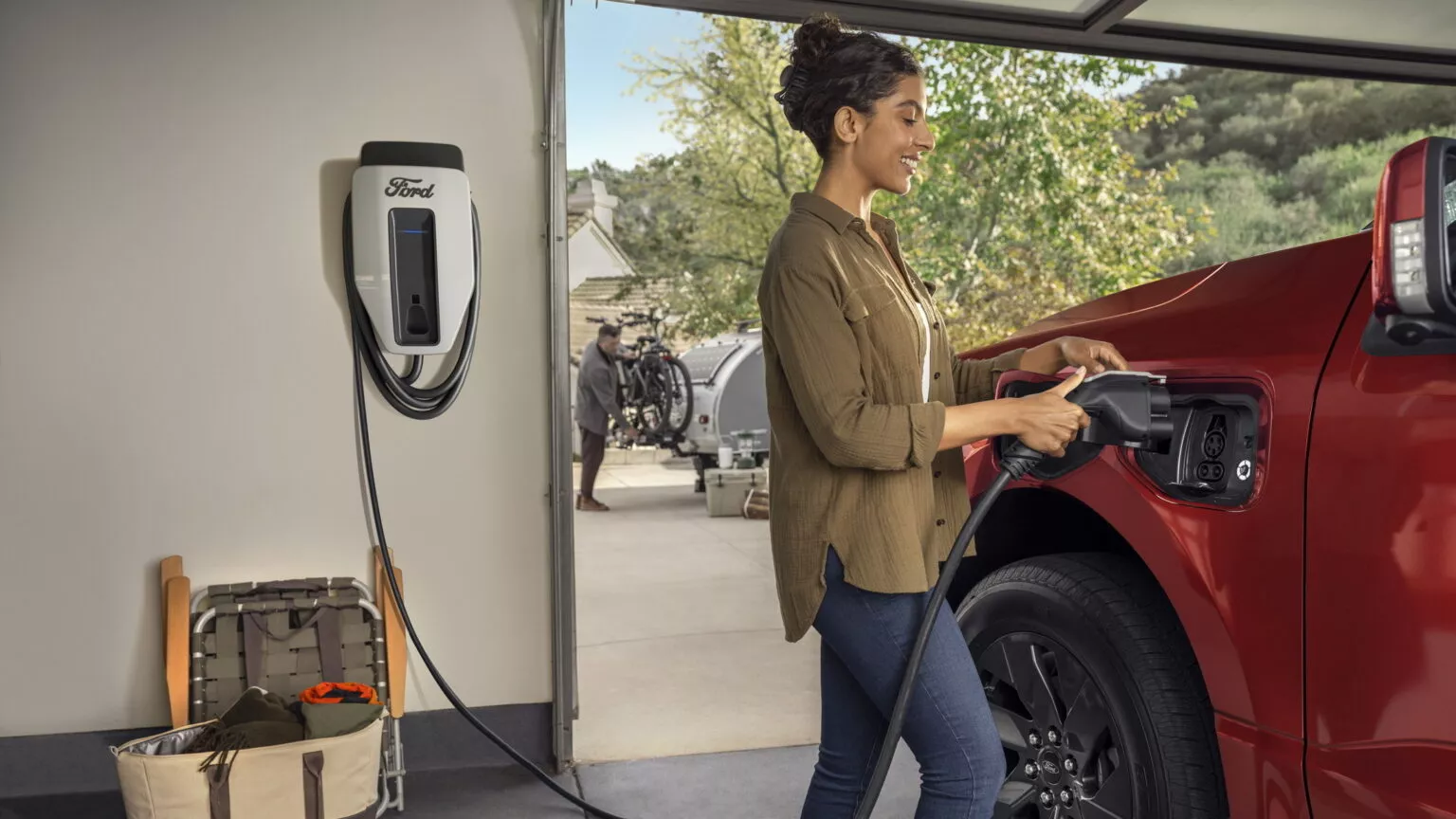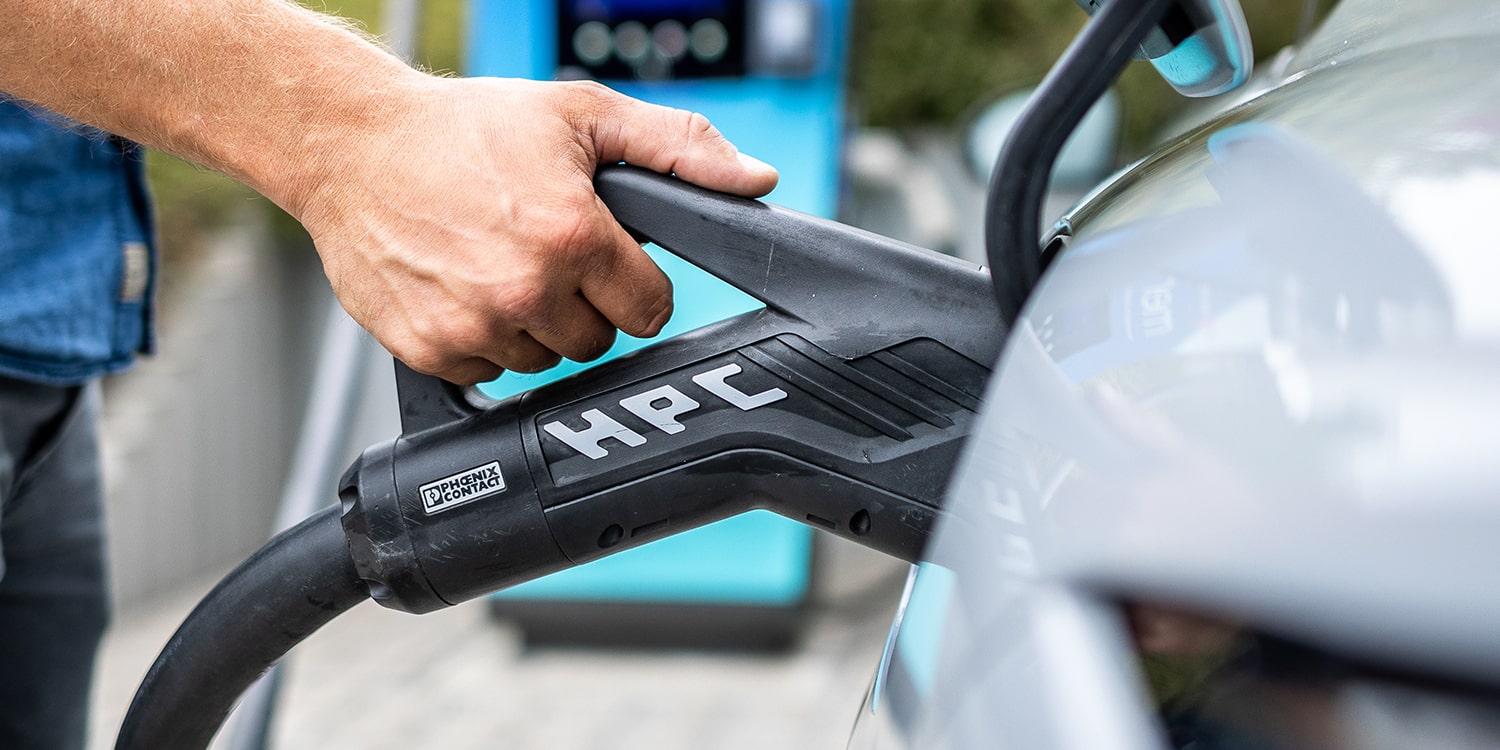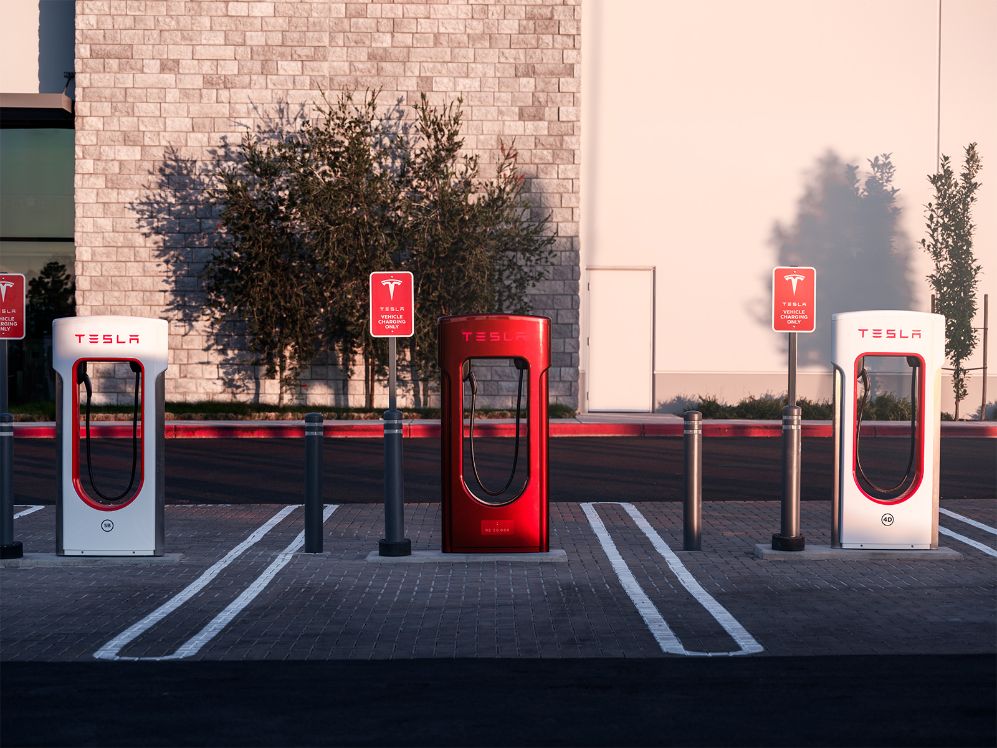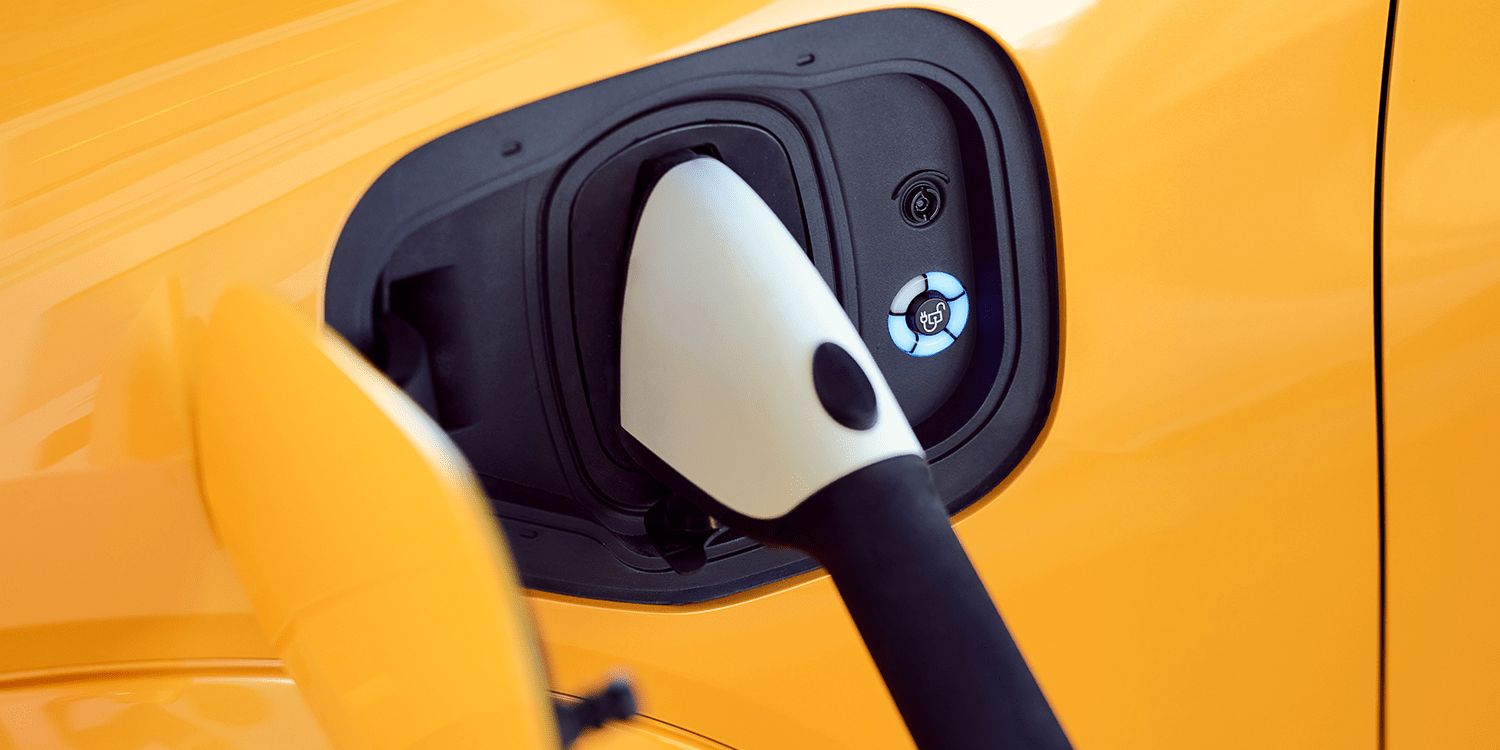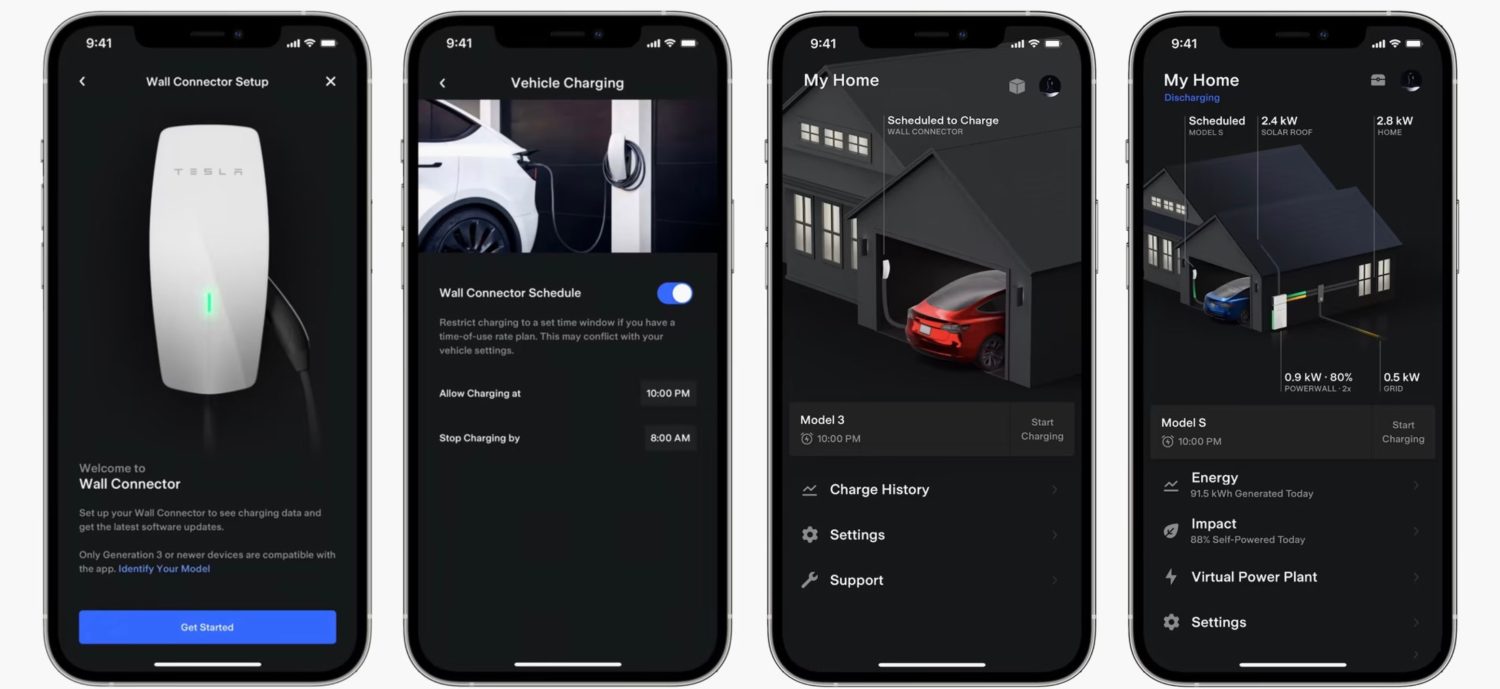In a recent report, data from the 2020 Residential Energy Consumption Survey, highlighted by the Department of Energy’s Vehicle Technologies Office, has shed light on the energy consumption habits of American households. Surprisingly, electric vehicle (EV) charging doesn’t claim the top spot, but rather comes in as the fourth-largest electricity consumer on average.
The three major appliances that outpace EV charging in energy consumption, each consuming over 2,700 kilowatt-hours annually per household, are air conditioning (2,775 kWh), space heating (including both primary and secondary heating systems, as well as air handlers, at 2,717 kWh), and water heating (2,706 kWh).
According to the report, EV charging in U.S. homes averages around 2,363 kWh annually. While these numbers can vary significantly based on individual household factors, the data underscores that EV charging doesn’t stand as the primary contributor to a household’s energy consumption.
What’s intriguing is that EV charging predominantly occurs during off-peak hours, often at night, which helps alleviate stress on the electrical grid.

When considering the EPA Combined energy consumption of the Tesla Model Y Long Range AWD version, rated at 122 MPGe (equivalent to 276 watt-hours per mile, including charging losses), 2,363 kWh could power the vehicle for over 8,500 miles per year. This mileage may not seem particularly high, but it aligns with the 2020 average. However, frequent drivers might find that their EV charging consumes more energy than all their other electrical appliances combined.
As the electric vehicle market continues to grow, featuring more long-range options, and as driving habits evolve, it remains to be seen whether these consumption patterns will change in the future. The data highlights an evolving landscape where EVs are becoming a notable but not dominant factor in household electricity consumption.

